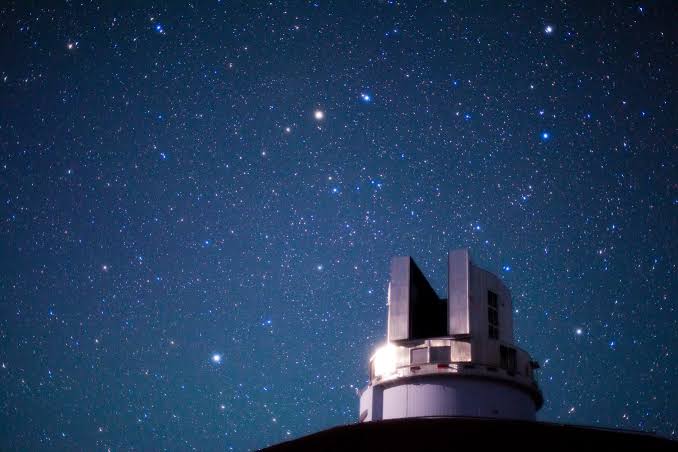Astronomers using the Subaru Telescope have identified previously unknown celestial bodies in the outer Solar System, suggesting a more extensive and complex structure than previously thought. The findings could reshape our understanding of planetary formation and potentially enhance the prospects of finding extraterrestrial life by aligning our Solar System’s structure more closely with that of other planetary systems.
Subaru Telescope Uncovers Unexpected Objects
The Subaru Telescope, located in Hawaii, has conducted extensive observations of the outer Solar System in collaboration with NASA’s New Horizons spacecraft. This effort has led to the discovery of 263 new Kuiper Belt Objects (KBOs), including 11 that lie beyond the traditionally observed range of 30-55 astronomical units (AU). These objects were found in a region extending from 70 to 90 AU from the Sun, much farther than previously expected. This discovery challenges long-standing theories about the outer Solar System’s structure and the processes that shaped its formation.
Read More: Australia greenlights world’s ‘largest’ solar hub
Evidence of a Second Kuiper Belt
The new findings suggest the existence of a possible second ring of KBOs, separated by an empty “gap” from the known Kuiper Belt. This “gap,” where very few objects are found, mirrors similar structures observed in other planetary systems, indicating that our Solar System might be more typical than once believed. The presence of these objects suggests that the Solar System’s early formation region was far more extensive than previously considered, challenging previous models of planetary formation.
Read More: Intense solar storm hits Earth, bringing Aurora Borealis to unusually southern latitudes
The discovery of these distant objects has significant implications for the search for life beyond Earth. If the Solar System formed from a larger, more typical primordial nebula than previously thought, it could increase the chances of finding other planetary systems with conditions suitable for life. Dr. Wes Fraser of the National Research Council of Canada suggests that previous assumptions about the small size of the Kuiper Belt might have resulted from observational biases. These new findings could reshape our understanding of the prerequisites for life in the Universe.














